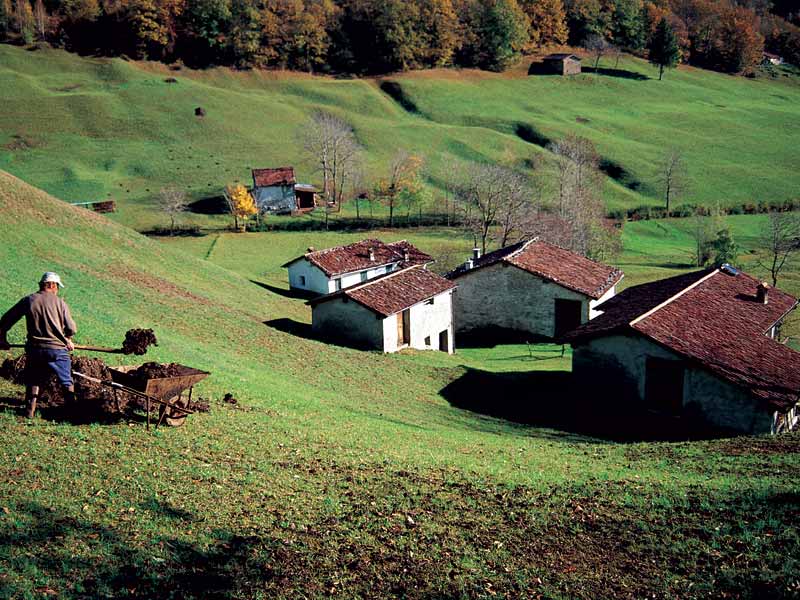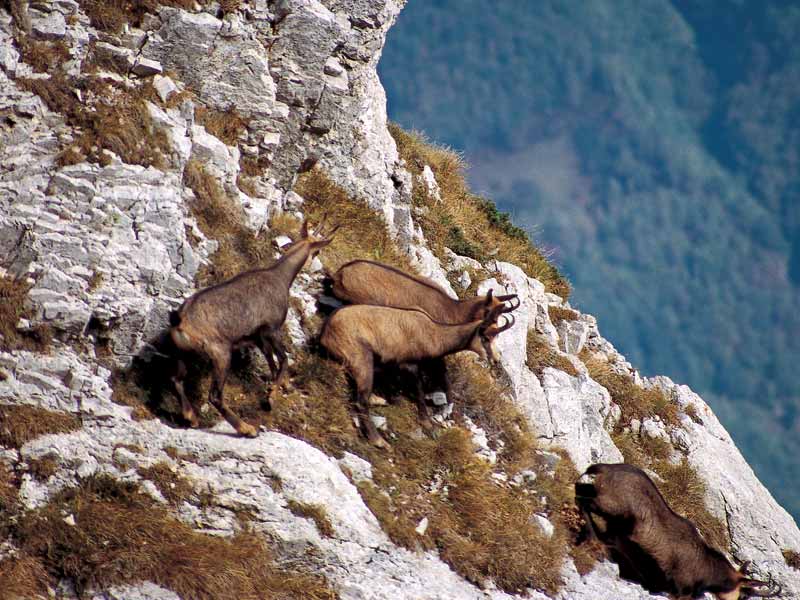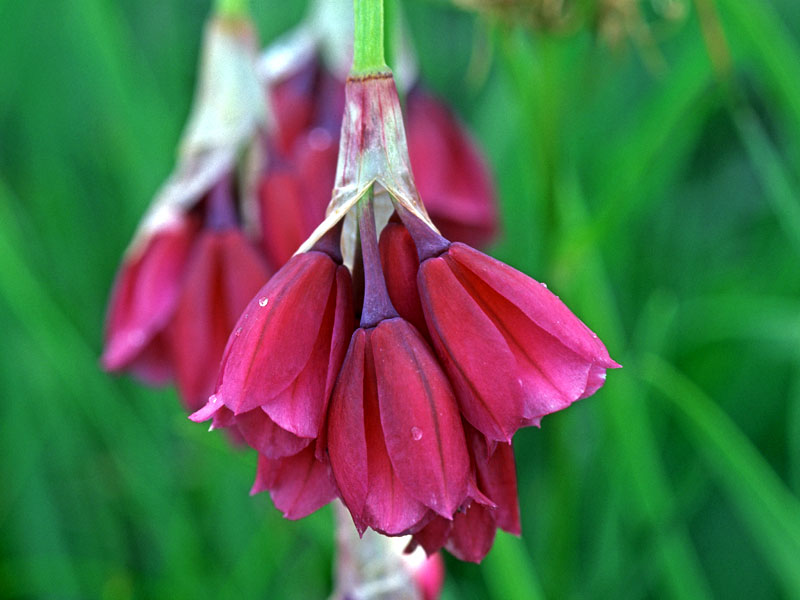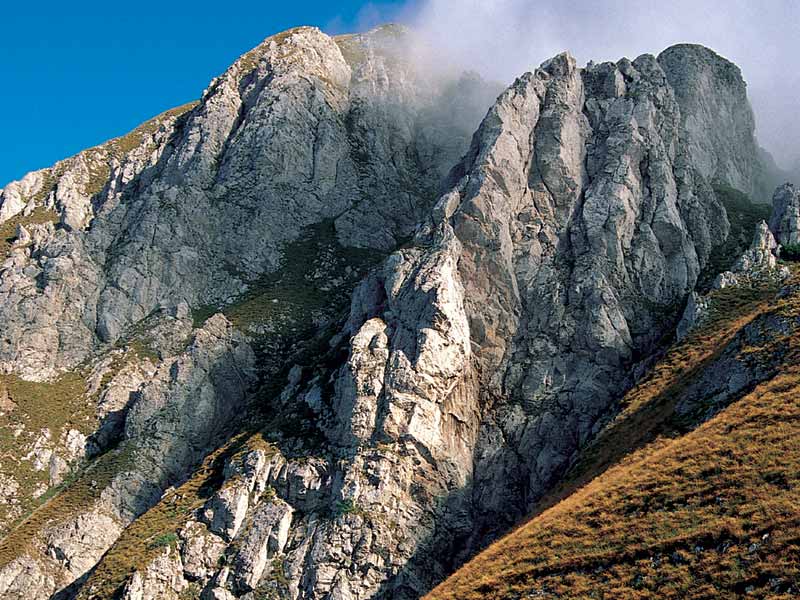Protected Area
Identity Card
- Land Surface Area: 5'541.46 ha
- Lower altitude (m): 470
- Higher altitude (m): 2'410
- Regions: Lombardia
- Provinces: Lecco
- Municipalities: Cortenova, Esino Lario, Parlasco, Pasturo, Perledo, Primaluna, Taceno, Varenna
- Establishment Measures: Legge regionale n. 11 02/03/2005 - L.R. 16/2007 - L.R. 12/2011
- Park Authority: Comunità Montana Valsassina, Valvarrone, Val d'Esino e Riviera
The Park
In Lombardy, between Lario, Val d'Esino, and Valsassina, the Park
develops around Grigne massif, one of the most famous mountain groups
of the region. The wonderful calcareous rock with its particular
formations is the setting of beech tree forests alternating with
pastures and forming a landscape and environmental mosaic that man
enriched by practicing traditional agriculture, on which still today
the well-known local cheese productions rely.
Moreover, the
calcareous substratum favors the presence of karstic phenomena which
contribute to the creation of extremely particular environments like
caves, dolines, swallow holes, and furrowed fields. Further interesting
features are represented by the fossils of great paleontological
importance that have been found in the area (for instance, lariosaurus,
a marine reptile found in Varenna and Perledo black limestones) and by
the ice houses, already studied by Leonardo Da Vinci.
Fauna
Besides the rather limited altimetric development (the highest summit
reaches the 2,409m), the Park is characterized by a great variety of
habitats and diversified climatic conditions according to the slopes;
in particular, the conditions are ideal for wintering birds, to the
extent that during the winter almost one hundred bird species stop
here. Some of them are very rare, like the Northern Harrier and the
Peregrine. Among the resident species, there are the Black Woodpecker,
the Boreal Owl, the Rock Partridge, the Black Grouse, and the Grey
Partridge. The biggest bird of prey populating these mountains is the
Golden Eagle, whose preys are mainly represented here by the scarce
population of Marmots. The area also welcomes migratory species that in
winter leave to reach the hot African regions (the Black Kite, the
Honey Buzzard...).
Despite almost all the Mammals living in the
area are resident, a small group of them behaves differently: Bats,
present in the area with species of great naturalistic interest. Grigna
is also populated by big Mammals: it is not difficult to sight the
Common Hare, the Deer, the Roe Deer, and the Chamois.
As far as insects are concerned, Grigna houses many endemic species.
Flora
The area is also characterized by many rare flowers standing out in the grey rocky walls and screes: among the others, Centaurea
rhaetica, Aquilegia einseleana, Campanula bertolae, Corydalis lutea,
Crepis froelichiana, Cytisus emeriflorus, Euphorbia variabilis, Knautia
transalpina, Laserpitium nitidum, Physoplexis comosa, Saxifraga hostii.
Among the species whose distribution range is limited to the big lakes of Lombardy, there are the wonderful Allium insubricum, Campanula raineri, Campanula persicifolìa, Silene elisabethae, Telekia speciosa, Primula glaucescente (the Park symbol), and Viola dubyana.
Moreover, the area is enriched by the endemic species of the Park
territory (or of the adjacent areas): they include very rare pearls
like Minuartia grignensis and Primula grignensis.
Geology: A Millenarian History
Among the phenomena forming the current morphology of the Park, without
a doubt karstic phenomena are the most peculiar, since they give origin
to a series of sensational and unique habitats. Caves, dolines,
furrowed fields, and natural arches have transformed this area into an
outdoor museum where you can learn the history of the territory
evolution, surrounded by a great setting. The presence of fascinating
ice houses, that is caves with ice formations, further enriches the
territory from a scientific and historical point of view.
The
memory of past times and different environments is linked to the
several and charming fossils that are under study in the Universities
and which have sometimes led to the discovery of finds of global
interest.










